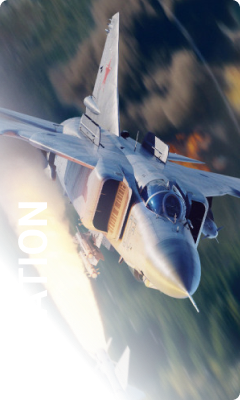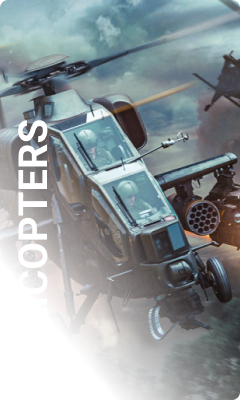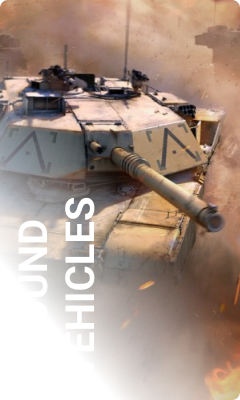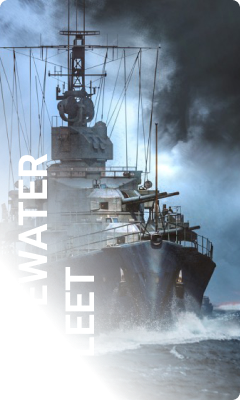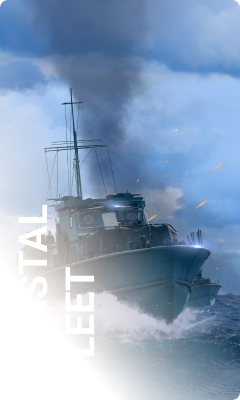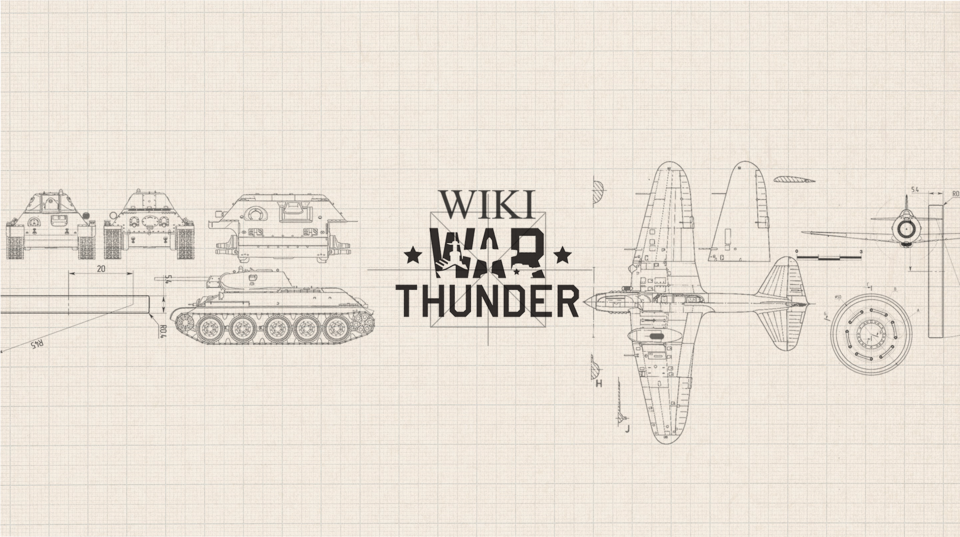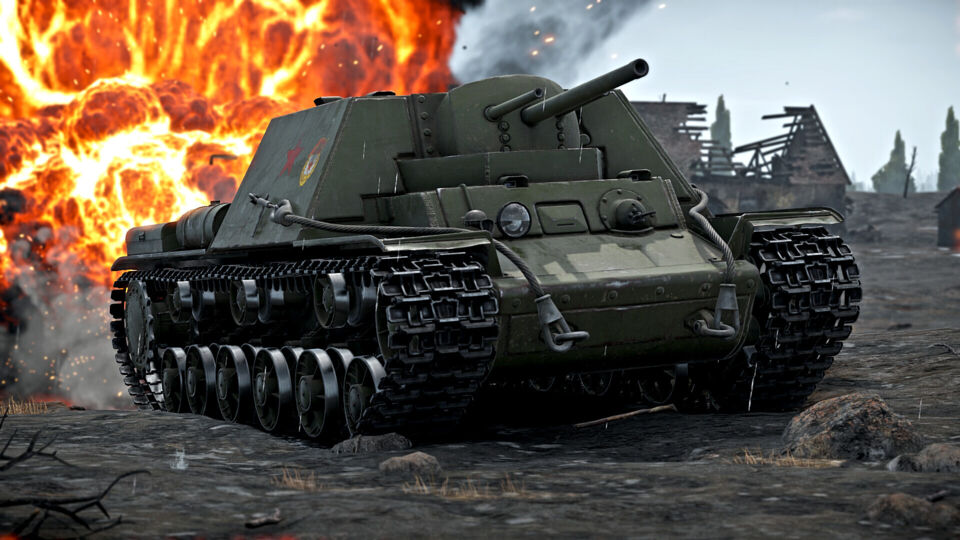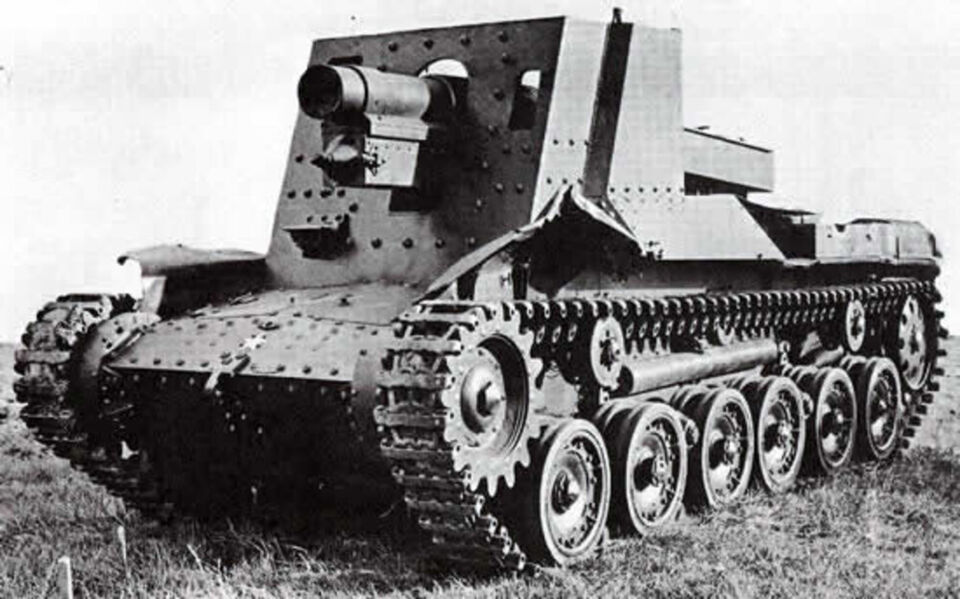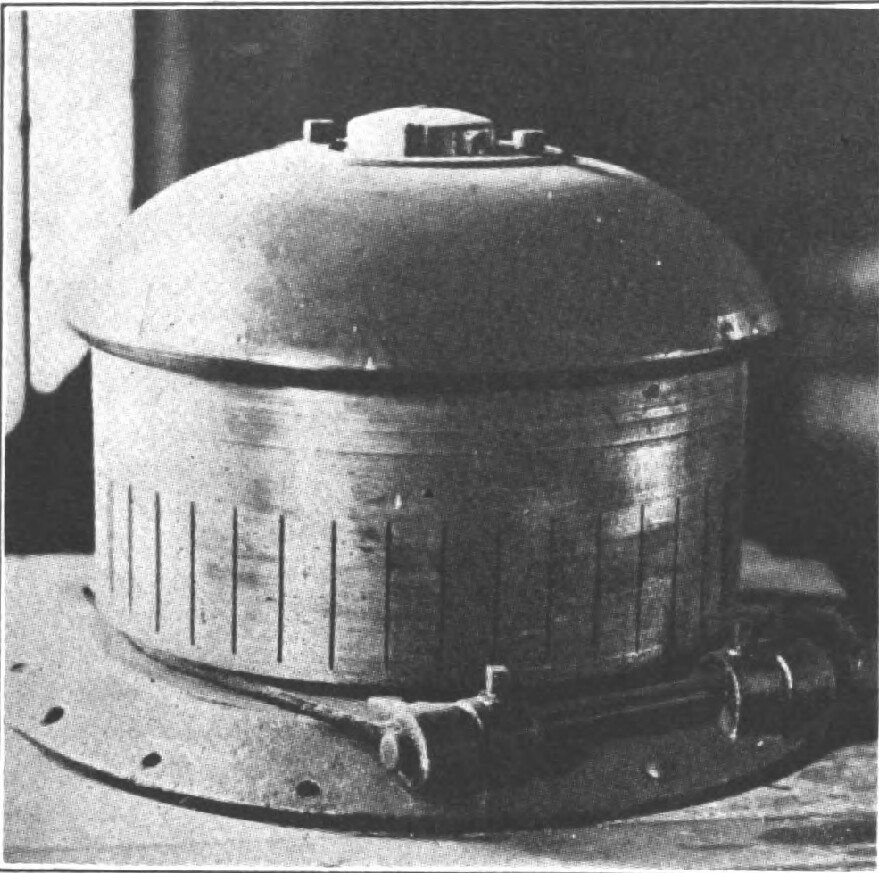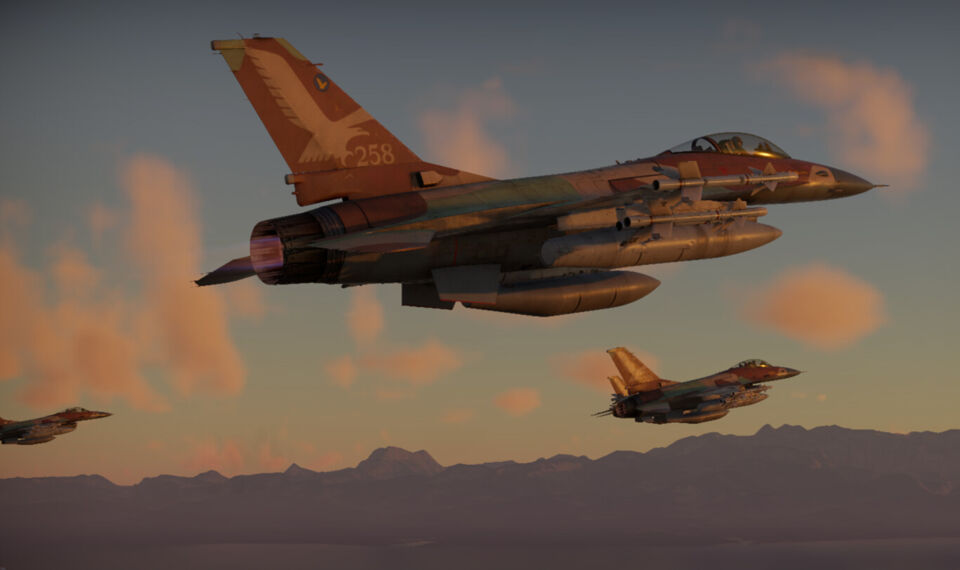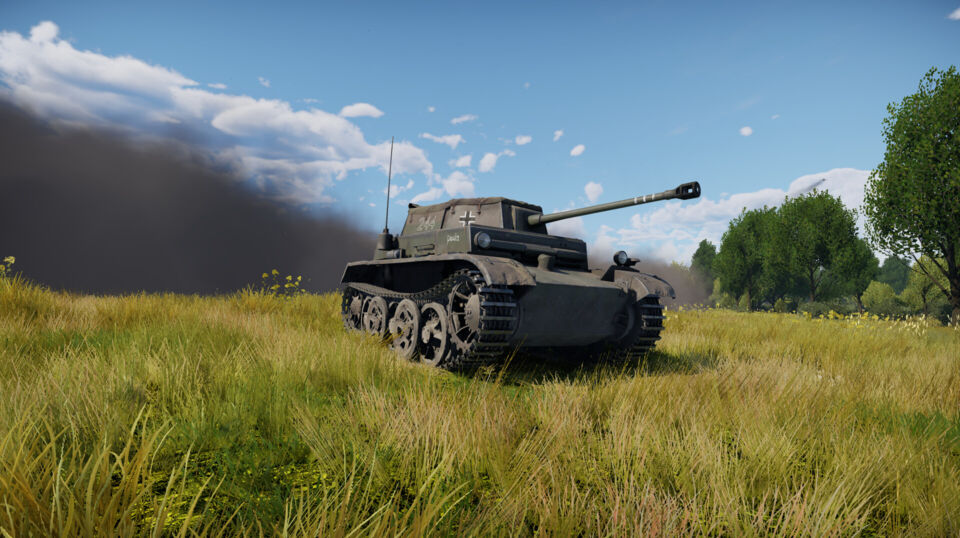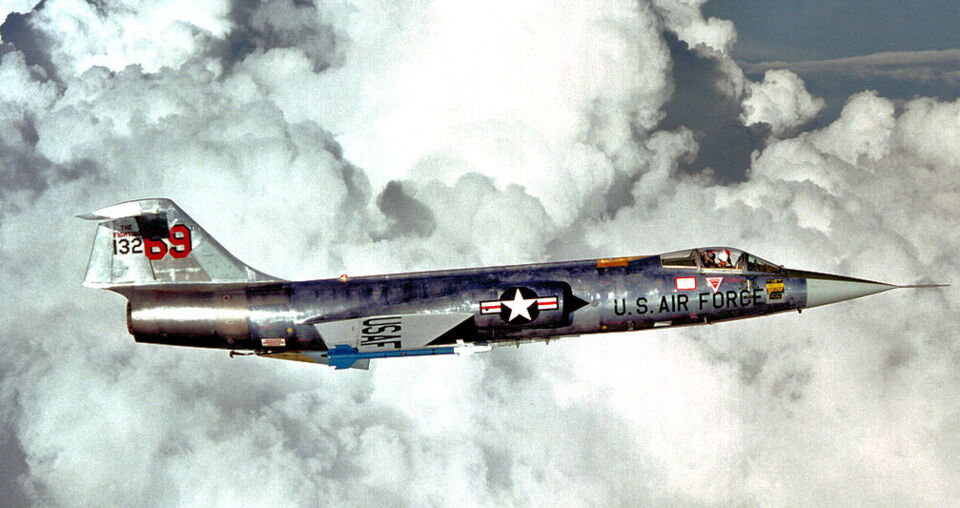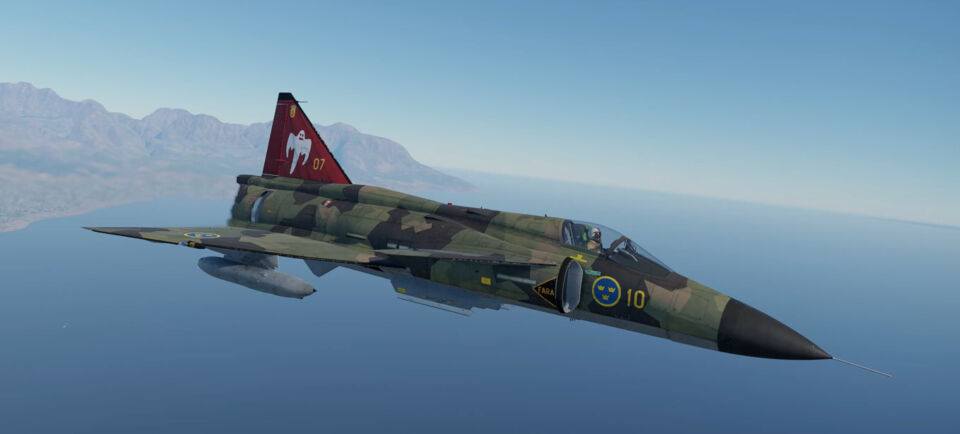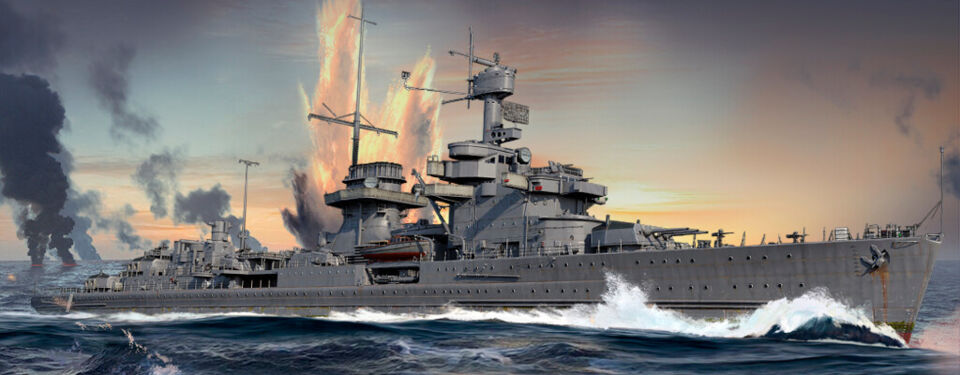The KV-7 was developed in response to the Red Army’s need for an artillery support vehicle with greater firepower than the T-34 or KV-1. In the game, this self-propelled gun is known for its unique triple-gun arrangement housed in a common mantlet. This setup, combined with its respectable armor, makes it a significant threat to any opponent. But how does one master this machine, considering its distinct characteristics and drawbacks? Let’s find out.
The Type 4 15 cm self-propelled gun Ho-Ro (日本語: 四式十五糎自走砲 ホロ, Imperial Japanese Army Type 4 15 cm self-propelled gun Ho-Ro) was a self-propelled gun (SPG) used by the Imperial Japanese Army during WW2. It was built on the existing chassis of the Chi-Ha medium tank. It was hurried into service, and arrived at the front lines too late to make any lasting impact on Japan’s war effort.
The Netz (נץ, or Hawk) is the dedicated Israeli export version of the feared F-16A Block 10 single-seat fighter aircraft. With its large plethora of both air-to-air and air-to-ground ordnance options ranging from the mighty Python to the AGM-65B, it has a loadout for most situations you will come across at this BR. Additionally, its 20 mm M61A1 Vulcan autocannon is a force to be reckoned with, being able to shred any air target it faces with ease. Thanks to its agility and strong thrust-to-weight ratio, the Netz also shines in dogfights, able to hold energy well and out-turn many opponents.
As a fast, nimble yet fragile tank armed with a deadly cannon, the Pz.Sfl.Ic (likely known to veterans under its previous name, the Pz. II H) may prove challenging to master for those used to the more traditional, simpler playstyle of most other tanks at its Battle Rating. Nonetheless, should one put in the effort, they will find this little vehicle to be a true beast, capable of dominating the battlefield and knocking out most targets with a single hit.
The Starfighter, the Lawn Dart, the Widowmaker, the Missile with a Man it it; regardless of what you may know it as, it’s impossible to deny its influence on military aviation. The first mass-production airframe to ever reach Mach 2, the F-104 was, and still is, used across the globe by both numerous national air forces and private owners alike. Its design echoed the role it was made for, trading complexity and a wide selection of ordnance for a simple design, made for raw speed. While its many nicknames earned it the dubious honor of being an accident-prone aircraft in popular media, it was still an incredibly unique and capable fighter for its time, only being roughly matched in speed by the MiG-21 a few years later.
The Swedish AJ37 Viggen is a strike aircraft boasting a deadly armament of missiles and guns, combined with an extremely powerful engine. In the hands of a good pilot, it can cause chaos on the ground forces below. It is a huge upgrade from the previous strike aircraft in the Swedish tech tree, the A32A Lansen, with much better capabilities including its weaponry, radar, RWR, and more.
Naval ships vary greatly in size, from the smallest boats to heavy multi-ton cruisers. The greater the displacement of a ship, the more difficult it will be to sink it. But sinking is not the only way to deal with the enemy, which is why it is important to know what parts make up their equipment and where their weakest points are.
The A13 series of tanks was a range of similar British cruiser tanks produced just before, and for the first few years of, the Second World War. They adhered almost single-mindedly to the doctrine of speed and mobility above all else, meaning they were quickly outclassed by newer designs on both sides. Despite this they had a strong impact on the development of British tanks for several years and were a mainstay of the British Army’s tank units in the opening years of the war.
